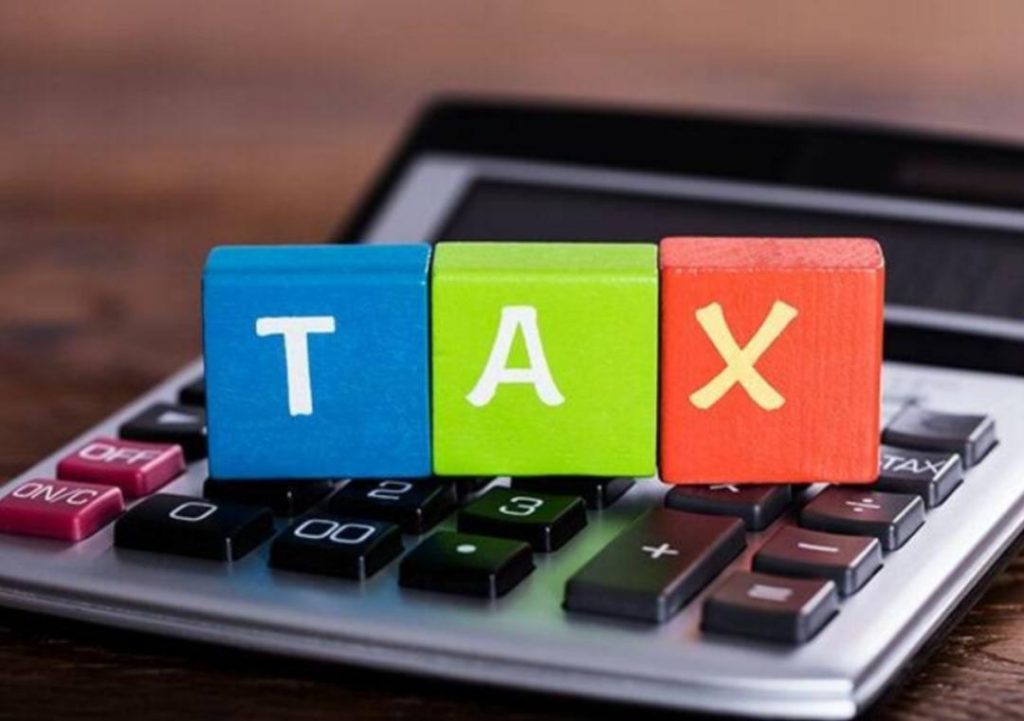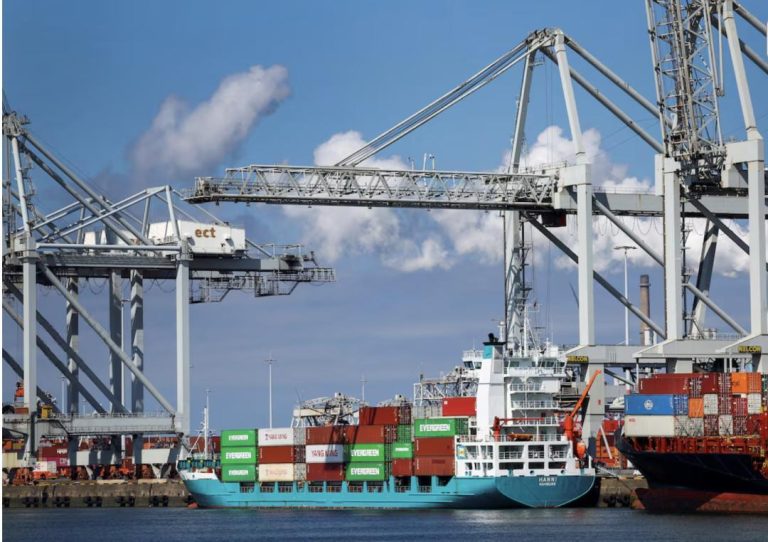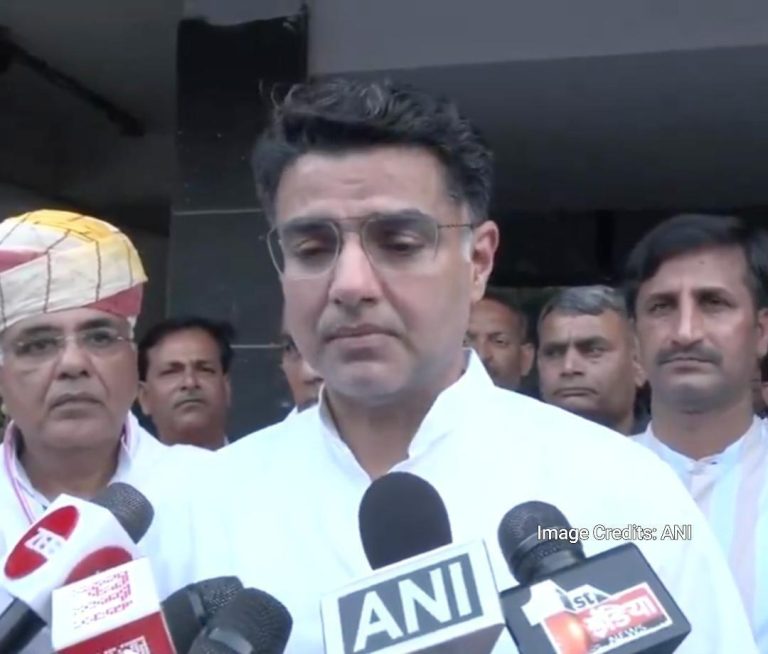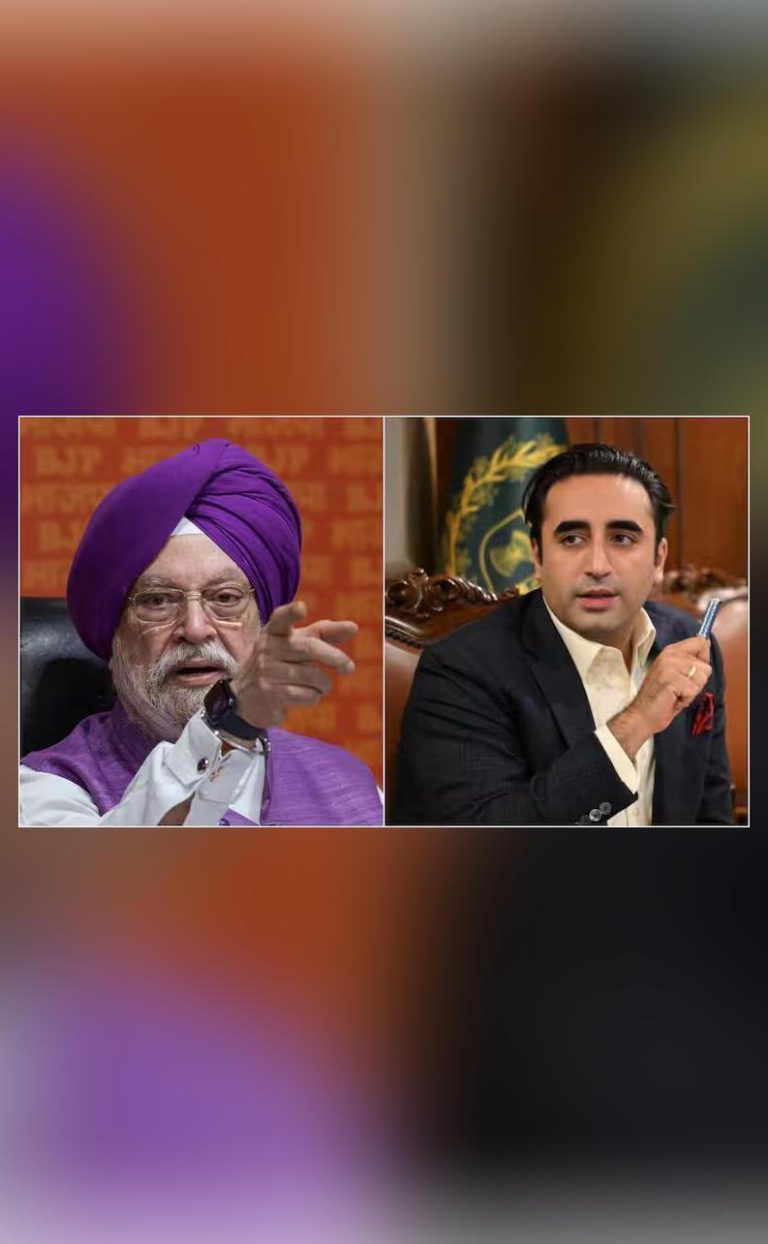
Net Direct Taxes Revised Estimates Fall by 0.7% in FY25
The Centre’s direct tax collections have witnessed a remarkable growth of 13.57% to reach ₹22.26 lakh crore in the financial year 2025. However, this achievement came with a slight disappointment as the collections fell short of the revised estimate (RE) of ₹22.42 lakh crore by a margin of 0.7%. This drop in direct tax collections can be attributed to a decline in the collection of “other taxes”.
According to the latest data released by the government, the collection of corporate tax stood at ₹9.86 lakh crore, which is 0.6% higher than its revised estimate of ₹9.8 lakh crore for the year. Despite this, the overall direct tax collections fell short of the revised estimate, indicating a slight slowdown in the growth of tax collections.
The 13.57% growth in direct tax collections is a significant achievement, considering the economic challenges posed by the pandemic and other global factors. The government’s efforts to promote digital transactions and enhance tax compliance have likely contributed to this growth. However, the fall in “other taxes” has led to a marginal shortfall in direct tax collections.
The collection of “other taxes” includes taxes such as securities transaction tax, commodity transaction tax, and other miscellaneous taxes. The decline in these taxes can be attributed to various factors, including a decline in financial transactions and a slowdown in the economy. The government may need to reassess its strategies to boost these tax collections and ensure that the overall tax revenue targets are met.
The Centre’s direct tax collections have been a key driver of the government’s revenue growth in recent years. The growth in direct tax collections has enabled the government to meet its fiscal deficit targets and finance its various development programs. The slight shortfall in direct tax collections may not have a significant impact on the government’s fiscal plans, but it does indicate a need to be cautious and ensure that the tax revenue targets are met.
The government’s revenue growth has been fueled by a combination of factors, including the growth in the economy, improvements in tax compliance, and the introduction of new taxes. The introduction of the Goods and Services Tax (GST) has been a major contributor to the growth in indirect tax collections. The GST has also helped to broaden the tax base and increase tax compliance, which has been a key driver of the government’s revenue growth.
The growth in direct tax collections has also been driven by the government’s efforts to promote digital transactions. The introduction of the electronic payment gateway and the expansion of the tax deduction at source (TDS) system have made it easier for taxpayers to make tax payments. The government’s efforts to promote digital transactions have also helped to increase tax compliance and reduce the risk of tax evasion.
In conclusion, the Centre’s direct tax collections have witnessed a remarkable growth of 13.57% to reach ₹22.26 lakh crore in FY25. However, the collections fell short of the revised estimate of ₹22.42 lakh crore by a margin of 0.7%. The decline in the collection of “other taxes” has led to this shortfall, and the government may need to reassess its strategies to boost these tax collections. Overall, the growth in direct tax collections is a significant achievement, and the government’s efforts to promote digital transactions and enhance tax compliance have likely contributed to this growth.






